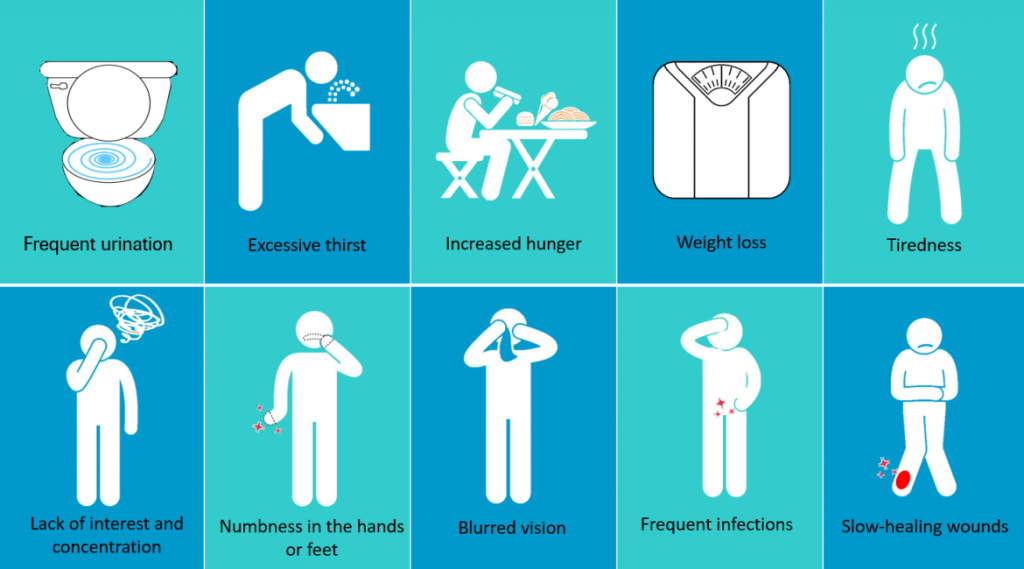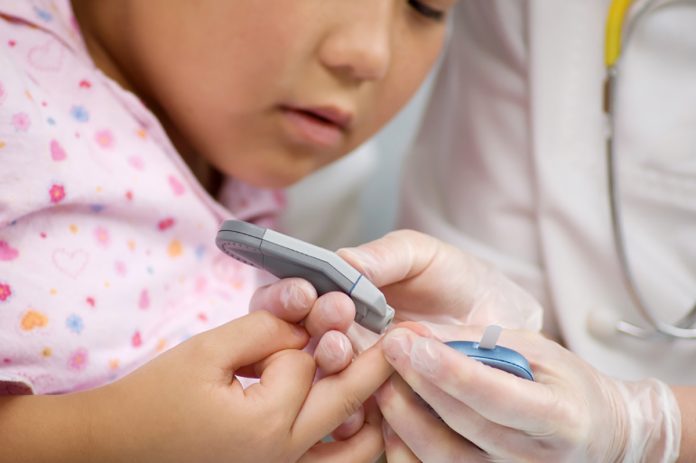We’ve always thought of diabetes as an illness that only affects the old. That is, however, not true. Research has shown that juvenile diabetes, a chronic illness of the pancreas in young people, is on the rise. In 2017, reports estimated that over 128,500 young people in India alone have the condition. One can only imagine that the poor management of this disorder has the potential to add immense pressure to our country’s healthcare system, and has detrimental effects on our economy.
So what is juvenile diabetes, and should you be worried?
Diabetes mellitus, as it is called in the medical field, is characterised by patients having high blood sugar. This is a direct result of your body either producing insufficient insulin, a sugar-breaking hormone, (Type 1) or not using insulin to its full potential (Type 2), thereby leading to excess amounts of sugar in blood.
The trademark symptoms of diabetes are excessive thirst, blurring of vision and light-headedness, exhaustion and weakness, and sudden weight loss.

(image credits: Glands Clinic)
Type 2 diabetes is mainly recognised in people over the age of 45, and is caused by factors such as genetics, diet and lifestyle. To keep blood sugar in optimum norms, patients are asked to modify their diet to reduce sugars and fats, and exercise more. Medications that help the body use insulin effectively are also sometimes prescribed.
Type 1 diabetes affects young people between the age of 0 – 17. Cells of the pancreas organ fail to produce sufficient amounts of the hormone insulin, and as a result patients report abnormally high blood glucose concentrations.
With treatment costs in India between Rs. 5000 – 18000 per year, it becomes extremely challenging for a demographic of low-income families to purchase insulin injections in recommended quantities, safely administer them and control the patient’s diet as advised by a doctor. This invariably puts them under mental stress. In addition, juvenile diabetes interrupts school going children’s daily routines, because of the need to administer an insulin injection at fixed intervals. Thus, it takes a toll on their education and everyday life. While teens may learn to give it to themselves, children need to be in the presence of a health worker or trained family member at all times.
A brief understanding of diabetes can help equip young people with an understanding of the signs and symptoms of the illness, so they know when they must report symptoms to their physician for a medical evaluation. Through small initiatives of public education, the wellbeing of children and adolescents can be improved. Allocation of funds to preventive care has the power to drastically ameliorate public health.
How Can You Help?
Keep an eye out for any visible symptoms of juvenile diabetes you may see in loved ones, and make sure they see a healthcare professional. Spreading the word about the disease and making donations to fundraisers such as DIYAbetes India can save lives. Volunteering in camps such as those organised by the NDOC (National DIabetes, Obesity and Cholesterol) Foundation would help you meet new people, enhance social skills, connect with your community and help society.





























